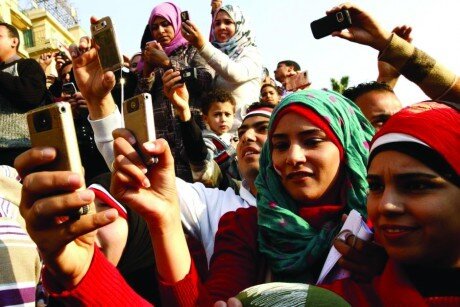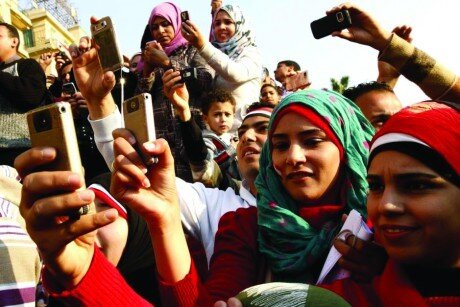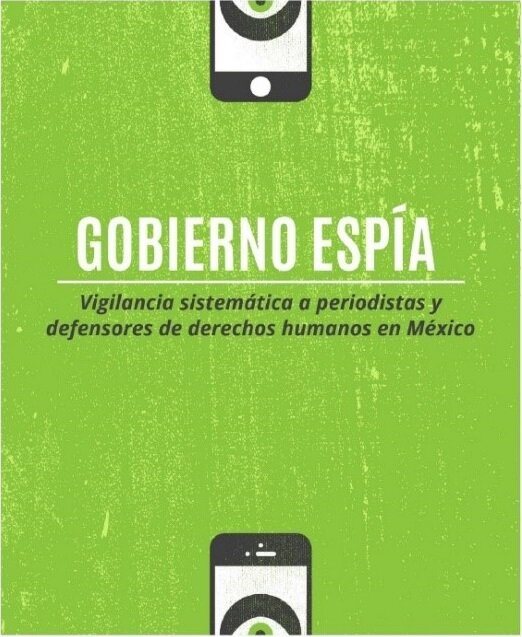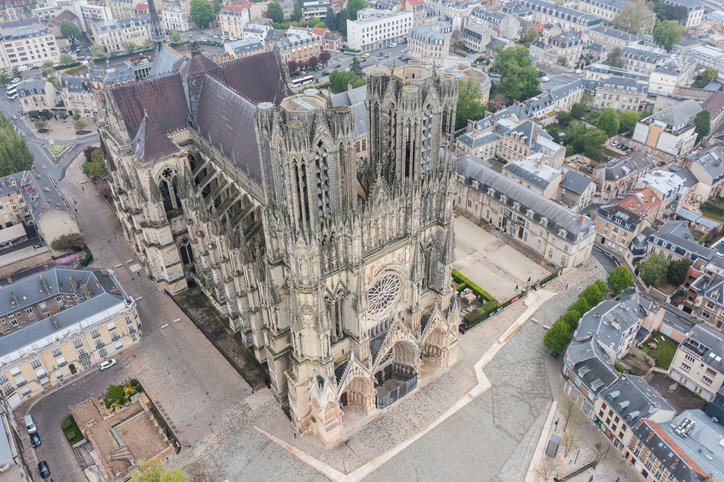Case studies facilitate interdisciplinary learning and can be used to establish connections to current social problems.
Source: Digital freedom – Business & Human Rights Resource Centre
To bring a different stimulus to the classroom, I gave myself the task of investigating the case method and how to implement it. I reviewed the available case studies with the idea of promoting analysis and debate among my high school students. I started searching for the most suitable cases for my class in different repositories and databases, which resulted in a frustrating experience. Although I found some interesting cases, they were very extensive to be worked on in a fifty-minute session, or they used specialized vocabulary and terms out of the reach of my students, which makes their study difficult. In this article, I share my experience with using images as case studies.
From the beginning, the intention to implement the study of cases as a teaching technique in my class excited me, as these are resources that allow delivering content to students in a more effective way than a textbook (Bonney, 2015). It is also a highly adaptable teaching method that involves problem-based learning, promotes critical thinking, and allows students to reach higher levels of learning in Bloom’s taxonomy (Singh, 2017). In addition, case studies facilitate interdisciplinary learning and can be used to establish connections to current social problems (Saldanha and Haen, 2016).
I share two examples that allow us to understand the relevance that this teaching method has in the educational field; on the one hand, Yale University has its own repository of case studies, YALE SOM; and, also, Tecnológico de Monterrey has the International Center of Cases to provide its teachers with quality case studies. In short, the case studies had everything I wanted to design and implement a successful learning activity. However, I needed an appropriate case so that my third-semester high school students could examine the impact of technology on human rights from multiple perspectives as a class topic. There were only fifty minutes available for the entire implementation, and at the end of the discussion of the case, the students would write a reflection on it as an assignment.
To learn more about applying case studies as an educational technique, I took an online certification, where I learned that case studies do not necessarily have to be in text format. There is also the possibility of using works of art, photographs, video recordings, and interviews, among other forms. So, considering the length of my class session, the subject, the characteristics of my students, and my principal objective, I concluded that my best option would be to use images as a case study.
I must say that I really enjoyed searching for images as case studies because they offer a wide range of possibilities with a lot of flexibility. As they say, “A picture is worth a thousand words.” It is also suitable for analysis from multiple perspectives. The images that I present throughout the article were obtained from different sources (to which I refer) and are the ones that I used in class dynamics.
Below, I share the results I obtained from using images as case studies in my class:
-
For the students, the images were more motivating than reading a text. When moving between different slides (each slide with a separate case study), they were curious to know what the following image would be. They felt very involved with this activity, which stimulated their creativity and critical thinking.
-
The students developed their analyses from multiple perspectives. Some of the comments I heard during the discussions or that I could read in the students’ final reflections were: “I can’t believe this is so negative for other people when, for me, it’s very inoffensive, and I use it all the time.” “I thought technology only brought benefits.” “There are many stories behind each case.” “The activity forced me to ignore my needs and consider others’.” “You have to look at what is underlying it.”
-
The students proved to be tolerant and empathetic to different perspectives upon analyzing the impact of technology on human rights, which is part of developing global competencies.
-
The final design of the activity included four different case studies. In the 50 minutes available, we had time to work and analyze the cases, answering specific questions, and discussing some approaches. The students analyzed each case study as a team, and they joined a new team in each case.
-
One advantage of using images as case studies is that the Internet is an enormous repository of current photographs with meaning and context. It is easy to find case studies that fit the needs of the teacher.
-
The fact that an image can be interpreted from various points of view can become a weakness in using this method as a case study. Here is where the teacher has a vital role, from the ideal selection of images according to the topic to be discussed, the students’ profile, the writing of the triggering questions, and the continuous monitoring during the discussion to ensure that the learning objective is not lost.
From this experience in the classroom, I conclude that making use of images as case studies facilitated the implementation of the activity in many aspects and allowed me to achieve the objective that I sought; it also enriched the class and provided enjoyment that we would not have had if we had used text. My new challenge is to use a mix of case study formats with images and text, and why not? I will try some form that I have never used before.
When was the last time you used case studies in your classes as a teaching strategy? Why not try a different stimulus in the classroom using images as case studies? Let’s take the advantages that both resources can provide us in teaching work.
About the author
Sandra Miranda Leal (sandra.miranda@tec.mx) is a Computer Systems Engineer and a teacher in Information Sciences and Knowledge Management. She is a full-time teacher at PrepaTec of Tecnologico de Monterrey, Morelia campus. She teaches the subjects of Computational Logical Thinking, Digital Expression, Creativity and Digital Design, and Mobile Application Development.
References
Bonney, K. (2015). Case Study Teaching Method Improves Student Performance and Perceptions of Learning Gains. J Microbiol Biol Edu, 16, 21-28. February 7, 2020, From PMC Database. https://www.ncbi.nlm.nih.gov/pmc/articles/PMC4416499/
Saldanha, J y Haen, K. (2016). Investigating the effectiveness of case studies in improving student learning in a 200-level Anatomy course. CIRTL Reports. 3. http://lib.dr.iastate.edu/cirtl_reports/3
Singh, N. (2017). Enhancing the effectiveness of case study pedagogy by clubbing complementary teaching strategies for better students’ learning. CIRTL Reports. 8. http://lib.dr.iastate.edu/cirtl_reports/8
This article from Observatory of the Institute for the Future of Education may be shared under the terms of the license CC BY-NC-SA 4.0 
)
)














)
Kathia Rebeca Arreola Rodríguez
Kathia Rebeca Arreola Rodríguez
Kathia Rebeca Arreola Rodríguez